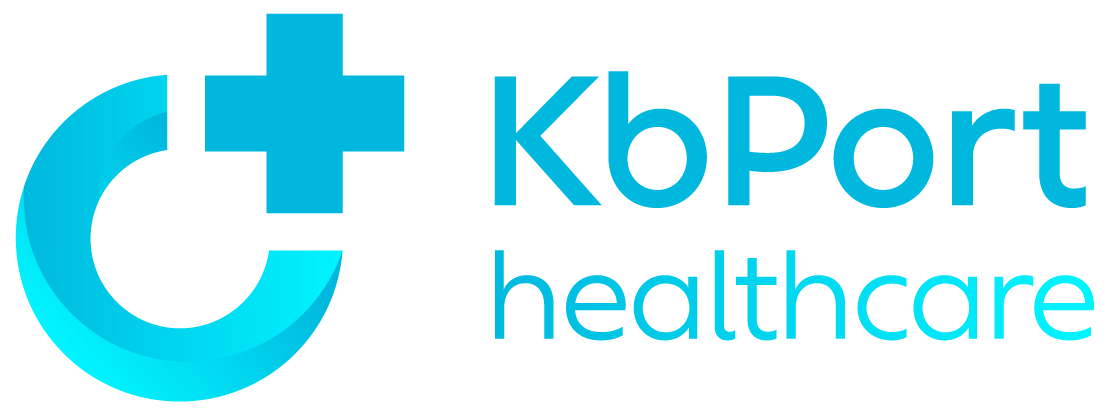Top Reasons Why You Need Medical Carts on Wheels with Drawers

Medical carts are vital to nurses and doctors who need to keep hospital equipment organized and available at all times. Whether you’re admitting, diagnosing, or treating patients, immediate access to medical supplies and instruments can improve patient care outcomes significantly.
Types of Medical Carts
All of our carts are customizable to your needs. Modern medical facilities require various medical cart types to effectively respond to the needs of patients, including:
Crash carts
A crash cart is designed to store and transport emergency medications and equipment for advanced cardiac life support (ACLS) and other protocols. These carts contain everything from IV tubing and airways to defibrillators. The cart also stores drugs, such as epinephrine, that are used to reverse cardiac arrest.
Point-of-Care Carts
Point-of-care carts play a central role in telemedicine and can also serve as mobile computer carts. These allow doctors and nurses to transport electronic equipment, such as laptop and desktop computer systems, to patient locations for instant access to electronic patient records.
Anesthesia Carts
An anesthesia cart includes a full complement of specialized medical supplies for administering anesthesia to patients. They may include IV supplies, needles, endotracheal tubes, laryngeal mask airways (LMAs), and sedative medications.
Wheels
Wheeled medical carts provide a mobility solution that provides multiple advantages for medical carts.
Maneuverability
The demands placed on medical professionals can be unpredictable and constantly changing. So, it is important that a nurse or doctor can provide diagnostics or care to the patient, regardless of where they’re located. Wheels, specifically caster assemblies, mobilize medical carts, allowing doctors and nurses to maneuver the cart efficiently where space is limited.
A mobile cart should be easy to maneuver, allowing hospital staff to transport medical supplies or computer systems room to room, navigating tightly spaced corridors and doorways. Multi-surface, conductive casters operate smoothly, require minimal effort, and protect onboard electronic equipment against the dangers of electrostatic charge.
Reduced equipment costs
Medical equipment is expensive. By allowing nurses and other medical professionals to transport medical carts where the current need is highest, the healthcare facility can reduce the costs associated with having stationary medical supply carts at specific locations or duplicating equipment to maintain access.
Patient access
When you can transport a medical cart to the patient’s location, you can efficiently administer care and record patient-specific information efficiently without wasting time.
Depending on the cart’s peripheral accessories, you can also digitally capture handwritten signatures, print ID wristbands, upload patient medical records, and record blood pressure and other vital signs.
All this information can be uploaded to the hospital’s database remotely. When combined with onboard medical supplies, you can verify the patient’s ID and determine what dosage is needed all from the same cart.
Mobile power supply
A powered medical cart on wheels, using a lithium-ion rechargeable battery with hot swap capability, can provide a mobile power supply to charge a wide variety of electronic systems. In addition to onboard computers, printers, scanners, and vital-sign monitoring equipment, you can also use the battery to charge separate electronic devices without having to locate a separate power outlet.
Drawers
Drawers are essential to equipment carts and medication carts for a variety of reasons.
Storage
Drawers provide enclosed storage space for vital equipment and medical supplies, including lifesaving drugs. Maintaining access to these medical supplies is critical in crash carts and treatment carts designed to meet pediatric needs.
Organization and Access
Keeping medical supplies organized is critical to the timely identification and retrieval of the equipment you need at the time. For the best organization, the drawers should contain separate, individually labeled compartments, improving access. Dosages should be clearly indicated on drawers or in compartments to increase efficiency and reduce the risk of errors.
Security
Crash and medication carts often contain dangerous and habit-forming drugs, which require security. As a result, medical carts featuring locking drawers that you can access using either a barcode or magnetic card reader are vital. Opiates are popular targets for theft and abuse, but this can apply to various drugs used in healthcare facilities. If illegal consumption is not the motivation, reselling can be.
Lockable drawers also prevent unauthorized access by children. The drawers should be connected to an electronic security system that logs both who accesses the drawers and at what times to track usage and keep abuse to a minimum.
Custom Cart Options
KbPort Healthcare offers several standard mobile medical cart modules that can be equipped with lockable drawers. While our standard configurations are highly versatile, we understand that a one-size-fits-all solution isn’t always ideal for specialized healthcare applications.
We can provide custom cart configurations to meet the specific requirements of your hospital or practice, ensuring you can deliver the highest standard of care possible.
OPENING HOURS
| Week Days – TX |
8:00 – 4:30 CT |
| Week Days – PA |
8:00 – 4:30 EST |
